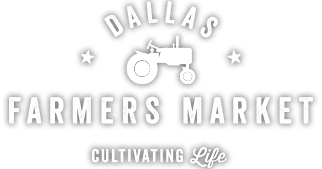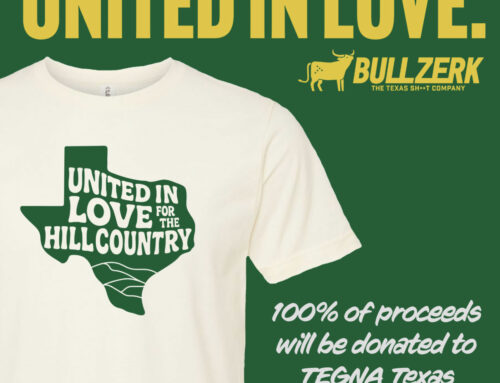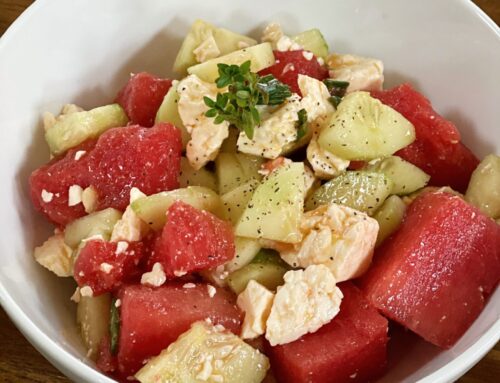🌎 Save the Date! 🗓 Date: November 16, 2024 9:00am 2:00pm Location: Pearl Street Plaza 🌎
Whether you’re a recycling newbie or a seasoned pro, America Recycles Day is the perfect opportunity to make a difference and inspire others to join in. ♻️
PLASTIC TO BRING – What to bring to America Recycles Day at Dallas Farmers Market: Hard plastics #1, #2, #4, #5 and flexible films
Somewhere on just about every plastic item, usually on the bottom, is a chasing-arrow triangle that contains a number (picture above).
Why The Numbers Matter: These numbers identify what type of plastic was used to manufacture the item, helping consumers and recyclers manage plastic waste more effectively. Collectors (the company that picks up your recycling bins) sort plastics into these coded categories, then send them forward to recyclers who reclaim or repurpose each type of plastic. #1 goes to the PET recycler, #5 goes to the PP recycler and so on.
Some collectors use automated scanning equipment, others sort them out by hand. However they go about it, the result is the same: truckloads separated by what the end-user recycles! At American Recycles Day at The Market, we’ll be collecting these hard plastics: #1, #2, #4, #5.
Before you put a plastic item into your trash bin, look for the number! If it has a 1, 2, 4, or 5 in it, give it a rinse to remove any residual product and bag it up to bring with you. Also bring flexible plastic like bread bags, garbage bags, bubble wrap, air pillows that come in packages. The general test is: if you can poke your finger through it, bring it with you! Not sure if what you have fits for this event? Put it in a third bag and bring it with you! Volunteers will be on hand to help sort it out.
What isn’t “flexible film”? Chip bags, meat packaging, candy wrappers, grocery bags—if it crackles or crinkles when you ball it up, or tears when you try to put your finger through it, it’s a different type of plastic that we’re not collecting at this event.
Why do I hear “sort by shape, not number”?
Some collectors use automated sortation equipment that scans plastic looking for a particular shape (such as bottles). The assumption is that most bottles are made from #1 or #2. Collectors send these mixed loads to recyclers who can tolerate that combination. This doesn’t work for collectors sorting by hand, or for collectors working with recyclers who can reclaim more plastic types than that. Look at the list provided by the collector at your apartment building, business, and household. Put into their bin only what they have published on their list. Bring the rest to America Recycles Day on November 16th!
Conflicting instructions around what plastic to put is collected/recycled:
When it comes to recycling plastics, it gets…confusing! There are so many if-this-then-that branches to follow, you need a maze map. Which is a bummer because the truth is: pretty much all plastic is recyclable. There is a technology to reclaim and repurpose the resources already pulled out/off the planet to make most things like PVC siding, pill bottles, bottle caps, carpet, pool toys, the bumper on your car….
The first key to the maze is 1) who collects which type of plastic from your specific location.
Between you with your popped pool toy (erg, that dog!) and the plant that can reclaim it (Ontario, Canada) are people who need to: collect it, save enough to fill a truck, and possibly wash or shred it. That the toy can be recycled doesn’t mean the collector for your house, business or apartment complex can pick it out from all of the plastics they collect and get it sent to Ontario.
The collector is only going to collect what they can sort out and send forward. If they’re using equipment that identifies shapes, they’ll collect only certain shapes (usually bottles and tubs).
The company that collects plastics from your house is probably a different company from the one collecting from your workplace, and from the apartment complex down the street.
This is why you hear conflicting messages: different collectors have different equipment.
The key to success is to understand and comply with what your personal collector says can go into your bin. Household residents within the City of Dallas are lucky—a lot of plastic items can go into household bins within City limits!
What if your bin doesn’t collect it?
There are many mail-back programs that will collect the rest of it and community-run events throughout the year for specific items—like the America Recycles Day event being hosted by Dallas Farmers Market on November 16th!
E-WASTE TO BRING: Disposing of electronic waste isn’t as simple as just throwing it away. Most electronics contain hazardous materials, so throwing e-waste into the garbage isn’t a good idea! Fortunately, there are companies that will sort, separate, and even strip down these items to recycle their component parts.
Click here for list with CheckSammy.
TEXTILES TO BRING: 95% of all textiles are reusable or recyclable!
The clothing and textile industry is the second largest polluter in the world. That’s why textile recycling is so crucial.
Click here for list with CheckSammy.
COMMUNITY CLEAN TRASH-OFF: At least once a month, Code hosts a free city-wide cleanup event allowing residents to discard their bulk trash, tires, hazardous waste, and documents needing to be shredded. These cleanups have resulted in thousands of pounds of debris being removed across the city of Dallas. Click here for more information.
For more information about History of America Recycles Day, click here!
~City of Dallas Solid Waste Plan – Zero waste by 2040~
Local Solid Waste Management Plan: The City of Dallas is updating its Local Solid Waste Management Plan (LSWMP) to support the City’s environmental and sustainability goals. Read more here and click here for plan!
Resources:
- Dallas Zero Waste
- https://www.legends.net/environmental-commitments
- Green Sports Alliance https://www.greensportsalliance.org/











